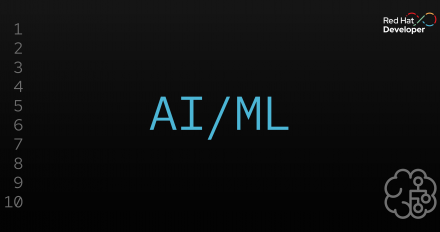
3 MCP servers you should be using (safely)
Explore the benefits of using Kubernetes, Context7, and GitHub MCP servers to diagnose issues, access up-to-date documentation, and interact with repositories.

Explore the benefits of using Kubernetes, Context7, and GitHub MCP servers to diagnose issues, access up-to-date documentation, and interact with repositories.
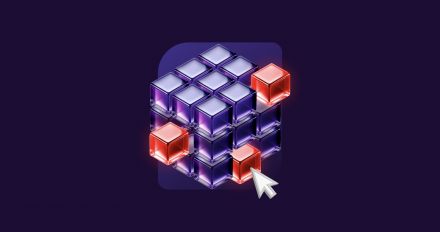
Dive into LLM post-training methods, from supervised fine-tuning and continual learning to parameter-efficient and reinforcement learning approaches.

Learn how to deploy LLMs on Red Hat OpenShift AI for Ansible Lightspeed, enabling on-premise inference and optimizing resource utilization.

Your Red Hat Developer membership unlocks access to product trials, learning resources, events, tools, and a community you can trust to help you stay ahead in AI and emerging tech.

Discover the advantages of vLLM, an open source inference server that speeds up generative AI applications by making better use of GPU memory.

Celebrate our mascot Repo's first birthday with us as we look back on the events that shaped Red Hat Developer and the open source community from the past year.

Learn how to deploy multimodal AI models on edge devices using the RamaLama CLI, from pulling your first vision language model (VLM) to serving it via an API.

Discover SDG Hub, an open framework for building, composing, and scaling synthetic data pipelines for large language models.

Learn about the 5 common stages of the inference workflow, from initial setup to edge deployment, and how AI accelerator needs shift throughout the process.
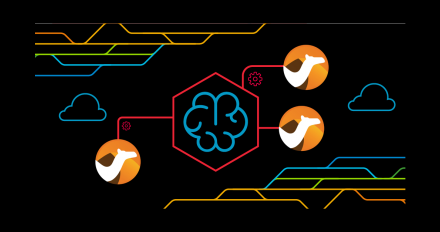
Dive into the Q3’25 edition of Camel integration quarterly digest, covering the

Learn how to implement spec coding, a structured approach to AI-assisted development that combines human expertise with AI efficiency.

Krkn-AI automates AI-assisted, objective-driven chaos testing for Kubernetes. Discover how it addresses the challenges of reliability in modern systems.
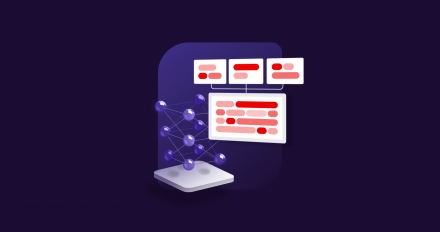
Get a comprehensive guide to profiling a vLLM inference server on a Red Hat Enterprise Linux system equipped with NVIDIA GPUs.
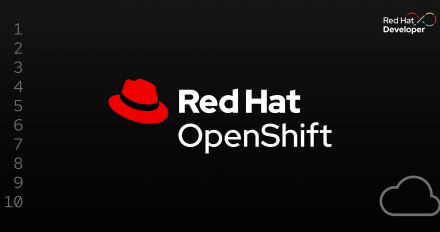
Maximize return on investment in GPU hardware by investing in the appropriate network infrastructure for high-performance distributed training on OpenShift.

This learning path explores running AI models, specifically large language

Learn how to use the OpenShift dynamic accelerator slicer with NVIDIA MIG to split large GPUs into smaller, just-in-time resources.
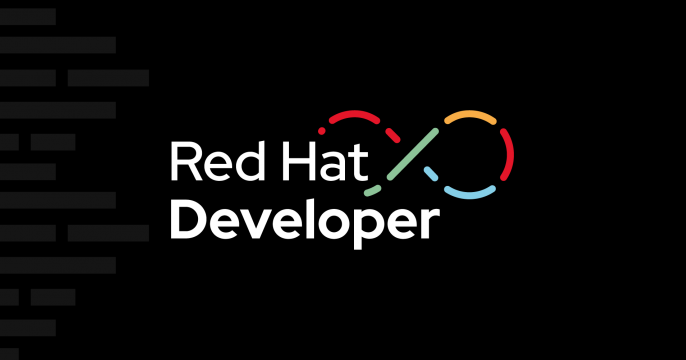
Move larger models from code to production faster with an enterprise-grade

Learn how to set up insights-mcp, a lightweight, self-hosted MCP server that enables you to connect LLM-based agents to integrate with existing workflows.

Learn how to integrate incident detection with OpenShift Lightspeed, the AI-powered virtual assistant for Red Hat OpenShift.

Learn how to scale machine learning operations (MLOps) with an assembly line approach using configuration-driven pipelines, versioned artifacts, and GitOps.
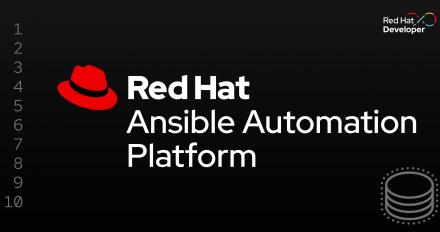
Explore key updates in Red Hat Ansible Automation Platform 2.6, including the self-service automation portal and Ansible Lightspeed intelligent assistant.
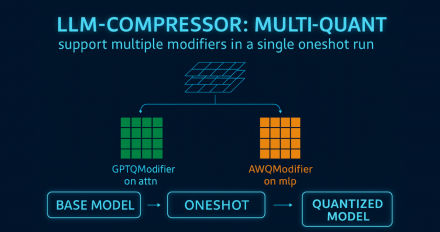
The LLM Compressor 0.8.0 release introduces quantization workflow enhancements, extended support for Qwen3 models, and improved accuracy recovery.

Learn how llm-d's KV cache aware routing reduces latency and improves throughput by directing requests to pods that already hold relevant context in GPU memory.

Learn how to deploy LLMs like Qwen3-Coder-30B-A3B-Instruct on less infrastructure using Red Hat AI Inference Server's LLM Compressor and OpenShift AI.

DeepSeek-V3.2-Exp offers major long-context efficiency via vLLM on Day 0, deploying easily on the latest leading hardware and Red Hat AI platforms.